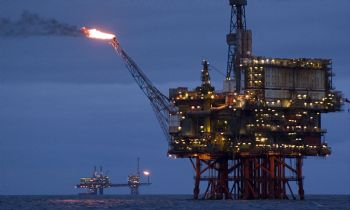
According to asset-management group Investec, the City is as much to blame for the problems currently being faced by the UK oil and gas sector as the sharp fall in global oil prices.
By focusing on growth, rather than the sector’s “dwindling returns”, banks continued to allow small oil and gas companies to increase their debt to unsustainable levels, “even before the oil market crash took a heavy toll on the sector”.
Speaking at a recent oil and gas industry conference in London, Investec’s head of global energy, Charles Whall, said: “The City is every bit as much to blame as anyone else. Banks continued to support oil companies, while capital expenditure spiralled by twice the rate of the oil price.”
However, Mr Whall added that “the crisis has been necessary” for the sector to emerge stronger.
“This downturn should be viewed as a cathartic process. It might hurt while we go through it, but the industry dynamics in mid-2014 were unsustainable.” Oil prices have recovered from under $30 a barrel at the start of 2016 to around $50 a barrel.
Mr Whall said his company is forecasting a price of $60 a barrel by the end of the year and $75 by end of 2017.
“At the same time, the industry has put in place radical cost-cutting measures in a bid to shore up balance sheets and prepare for a ‘lower for longer’ oil price world. As a result, investors are optimistic about the opportunity of the downturn and continue to view the sector as a great investment.”
Matthew Harwood of oil-field-service company Petrofac agreed with Mr Whall, pointing out that the UK oil and gas sector’s returns fell sharply in the years before the collapse of oil prices, relative to the amount it was spending.
He said: “In the early years of this decade, the rate of return was between 13% and 20%; by 2013, it had dropped to single-digit figures, despite the oil price still being above $100 a barrel.”